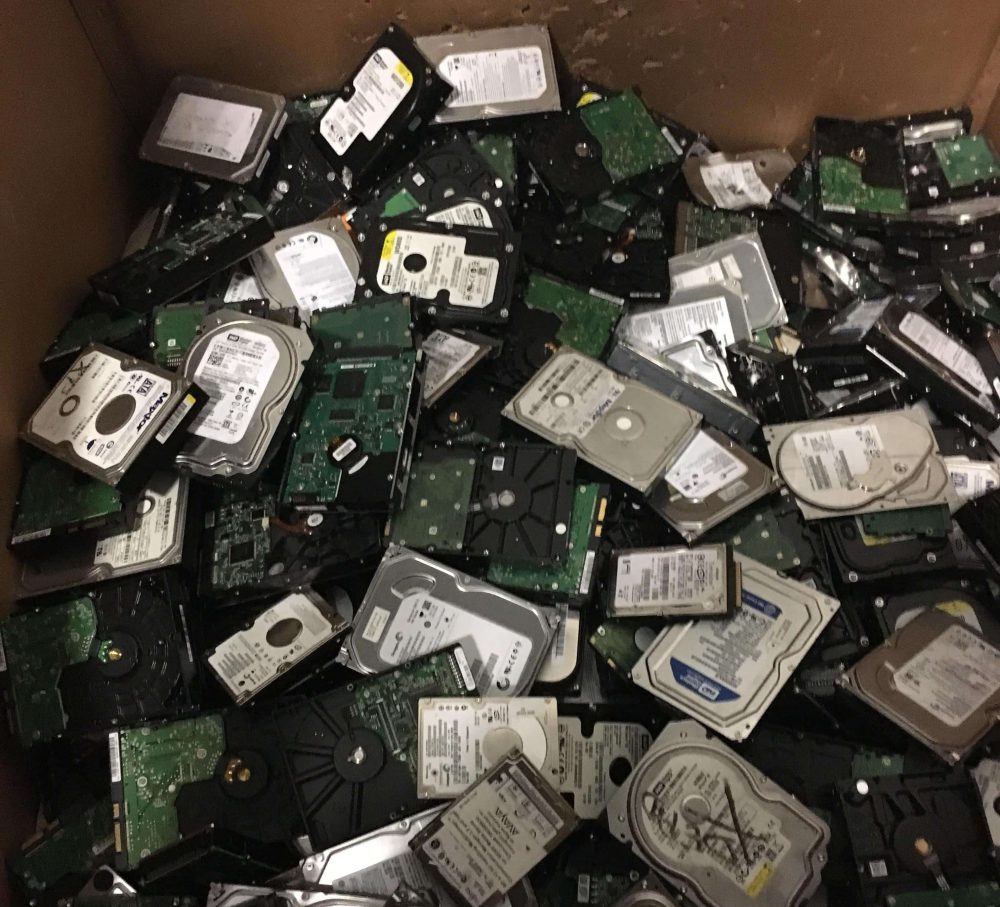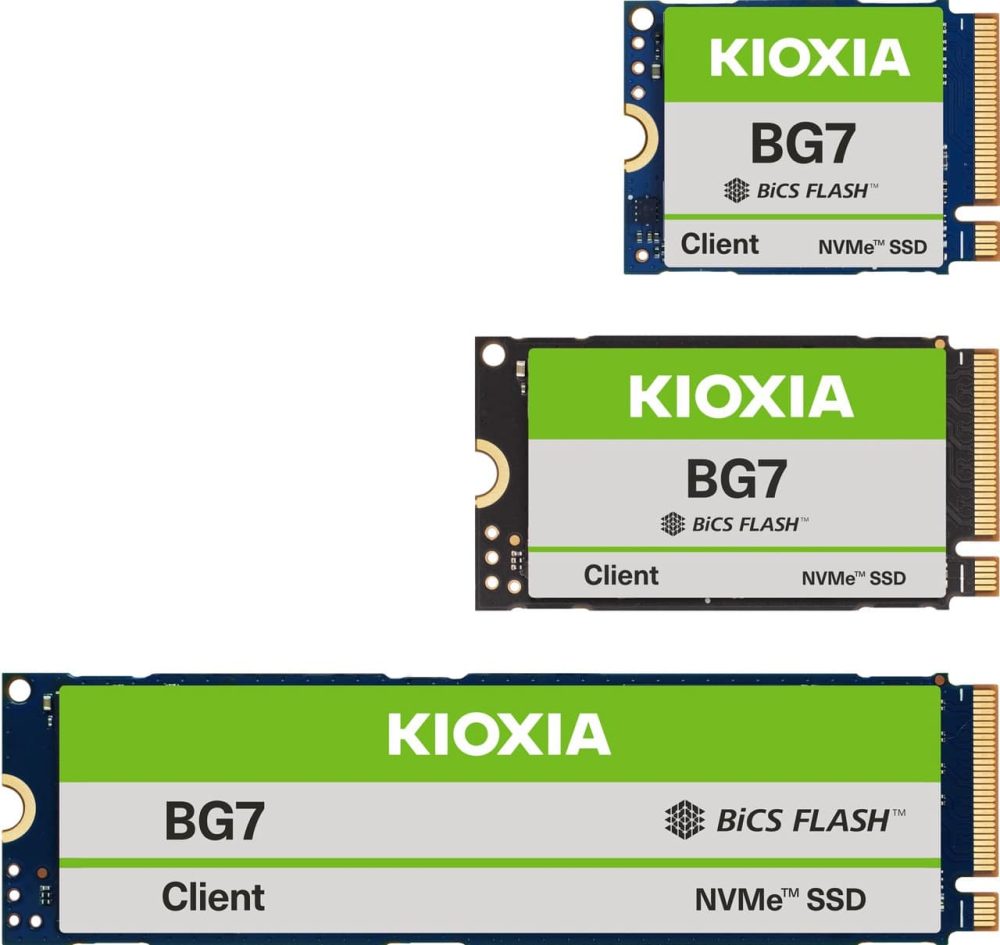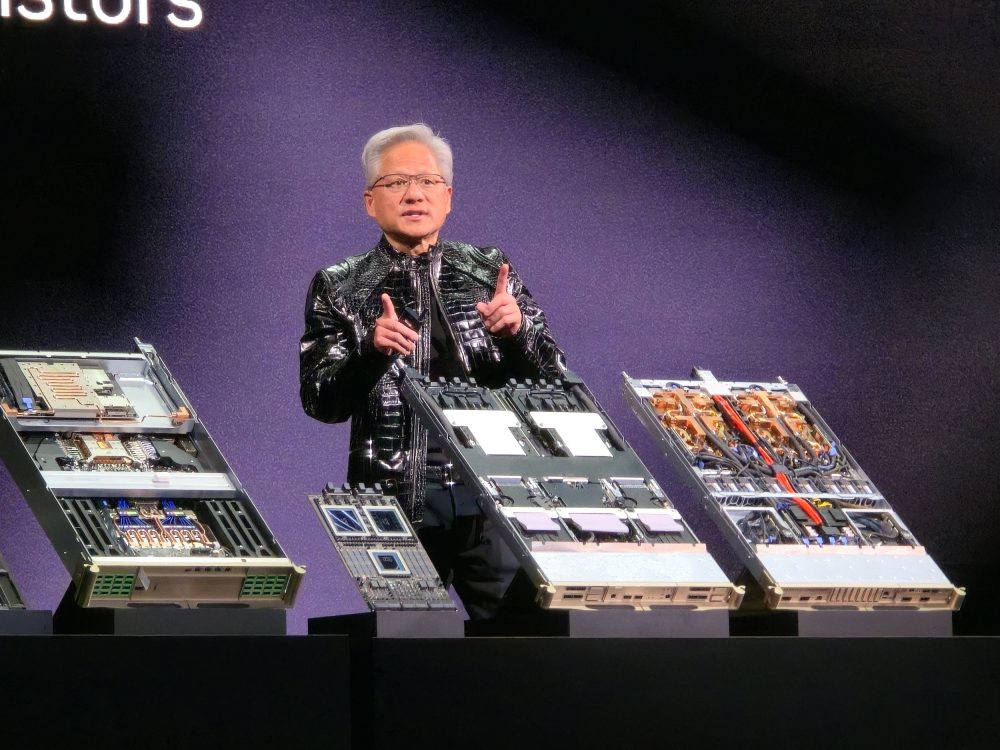While the world has been focused on the GPU shortage fueled by artificial intelligence, a less visible but equally critical crisis is brewing: the AI storage crunch. New research indicates that the explosive demand for AI is overwhelming the global supply of hard disk drives (HDDs), leading to massive delays and impending price hikes that will affect everyone from cloud giants to small businesses.
The Heart of the Problem: AI’s Insatiable Data Appetite
Generative AI doesn’t just consume processing power; it generates and requires absolutely colossal amounts of data. This isn’t just the output, the images, text, and code it creates. The real storage hogs are the behind-the-scenes essentials:
- Training Datasets: The raw information used to teach AI models.
- Model Checkpoints: Saved versions of the AI model at different stages of training.
- Inference Logs: Records of every interaction and output, crucial for debugging and regulatory compliance.
This data is considered “warm” or “nearline”; it doesn’t need the instant access speed of an SSD, but it must be readily available and can’t be stored offline. For years, high-capacity (30TB+) nearline HDDs have been the perfect, cost-effective backbone for this kind of storage in data centers.
Soaring Demand Meets Stagnant Supply
The AI boom has created a tsunami of demand for these specific drives. Hyperscale cloud providers like Google, Amazon, and Microsoft are scrambling to build out their AI infrastructure, placing orders for petabytes of storage.
HDD manufacturers, according to analysts like TrendForce, haven’t significantly expanded production capacity in over a decade. They were caught off guard by the sheer scale and speed of AI-driven demand. The result is a classic supply-and-demand shock:
- Year-Long Waits: Lead times for 32TB and larger HDDs have ballooned from a few weeks to over 52 weeks.
- Shipping Delays: Western Digital has warned that shipments of external drives could be delayed by an additional 6-10 weeks due to a shift to slower ocean freight.
- Across-the-Board Price Hikes: Western Digital has officially announced immediate, gradual price increases on its entire HDD portfolio, citing “unprecedented demand.”
The Ripple Effects: SSDs, Costs, and Tough Choices
With HDDs unavailable, companies are being forced to make difficult and expensive compromises.
- The Expensive SSD Pivot: Some cloud providers are now considering using high-capacity QLC SSDs, which are typically used for different tasks, to fill the gap. While SSDs are faster and use less power, they are also four to five times more expensive per gigabyte than HDDs. Using them for warm or even “cold” (rarely accessed) data is a huge financial strain.
- Price Hikes for Everyone: The shortage isn’t contained to enterprise drives. The entire storage market is interconnected. Rising demand and prices for enterprise SSDs and HDDs will inevitably trickle down, affecting the cost of consumer SSDs, external hard drives, and pre-built computers.
The Problems
- For Businesses: Expect longer lead times and higher costs for data storage solutions. Budgeting for IT infrastructure will need to account for these inflationary pressures well into 2026.
- For Consumers: While you might not be buying a 32TB drive, the broader market tightness and increased manufacturing costs could lead to slightly higher prices for the best SSDs, external hard drives, and even new laptops and desktops over the next year.
The Bottom Line
The AI revolution is proving that it’s not just about smarter software and faster chips; it’s about the fundamental infrastructure that supports it all. The humble hard drive, often taken for granted, has become an unexpected bottleneck in the progress of AI. This crunch highlights the immense physical and logistical challenges of the AI era, reminding us that every technological leap forward is built upon a foundation of very real, and sometimes scarce, hardware.
For now, the industry is stuck between a rock and a hard place: wait a year for an affordable HDD or pay a massive premium for an SSD today. It’s a dilemma with no easy answer, and one that will shape the cost and pace of AI development for the foreseeable future.



thanks for info.